How images move across the retina in our eyes determines how motion is perceived. We perceive motion in an object when it moves into our field of vision. The ability to sense movement depends on whether the spectator is stationary or moving. For instance, a person standing by the shoreline and watching the waves detects motion based on the retinal image of the waves moving. For example, look at the picture below; even though it is a 2D picture, we can perceive the movement of the girl’s hair.
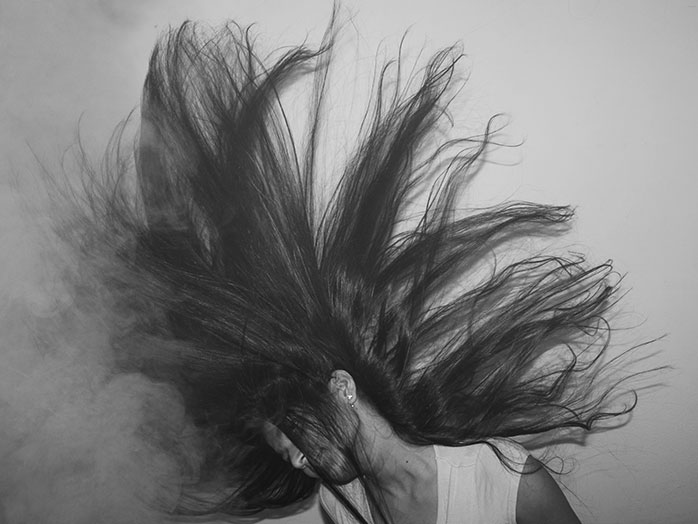
Figure 6.2.a
Source: Shraddha Prabhu
Similarly, we can recognize the kids laughing.

Figure 6.2.b
Source: Shraddha Prabhu
One can tell if something is stationary or moving when looking at a picture of a person, an animal, or a car. A moving item in a photo is a vastly different stimulus than those often used to study the brain underpinnings and mechanics of motion perception. Therefore, extracting motion information from a static image requires deductions based on prior experiences and uses cues embedded in the picture. Motion cues are extracted from scenes and used by the brain to make sense of motion instead of non-motion. Static motion cues are employed by photographers and communication designers all the time and have important implications for the design of Virtual Reality setups.
For example, the images below show a variety of entities that depict animate movement and inanimate motion. Examples of animate entities (walking, running, sneezing, drinking water) showing movement in photographs:
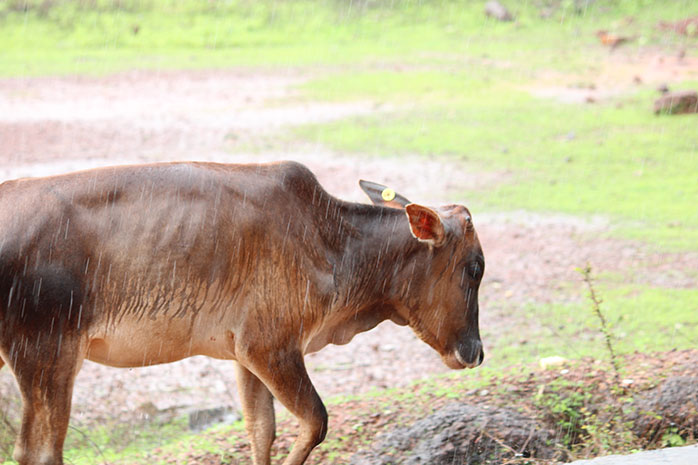
Figure 6.2.c
Source: Shraddha Prabhu
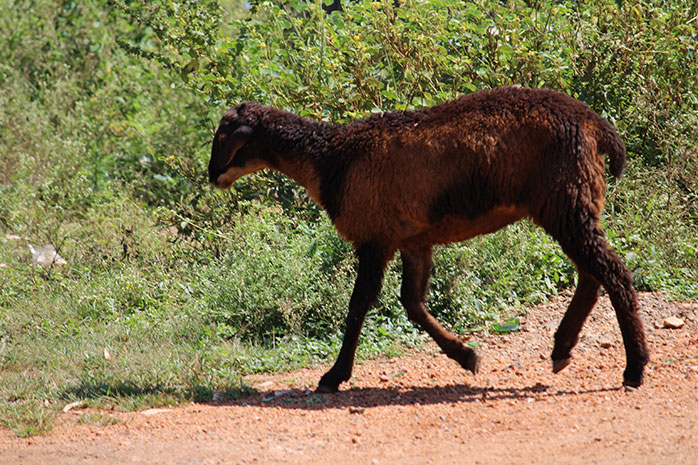
Figure 6.2.d
Source: Shraddha Prabhu

Figure 6.2.e
Source: Shraddha Prabhu
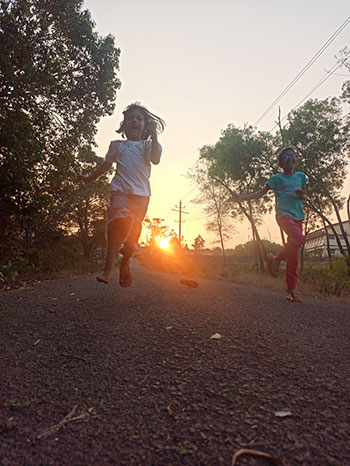
Figure 6.2.f
Source: Shraddha Prabhu

Figure 6.2.g
Source: Shraddha Prabhu

Figure 6.2.h
Source: Shraddha Prabhu
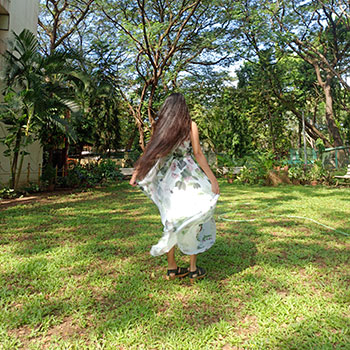
Figure 6.2.i
Source: Shraddha Prabhu
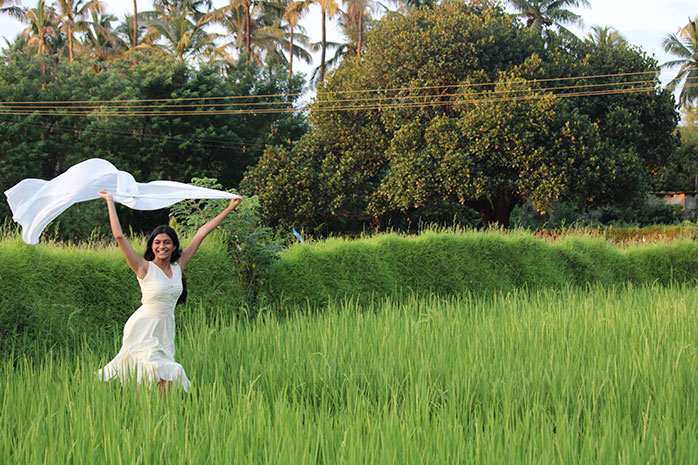
Figure 6.2.j
Source: Shraddha Prabhu

Figure 6.2.k
Source: Shraddha Prabhu
The following images show various motions of inanimate objects. These include waves crashing on the shore, spinning tops, bursting of firecrackers, river, blowing wind, movement of trees, and falling water, among others. All these are easily recognizable by the visual system.

Figure 6.2.l
Source: Shraddha Prabhu

Figure 6.2.m
Source: Shraddha Prabhu

Figure 6.2.n
Source: Shraddha Prabhu
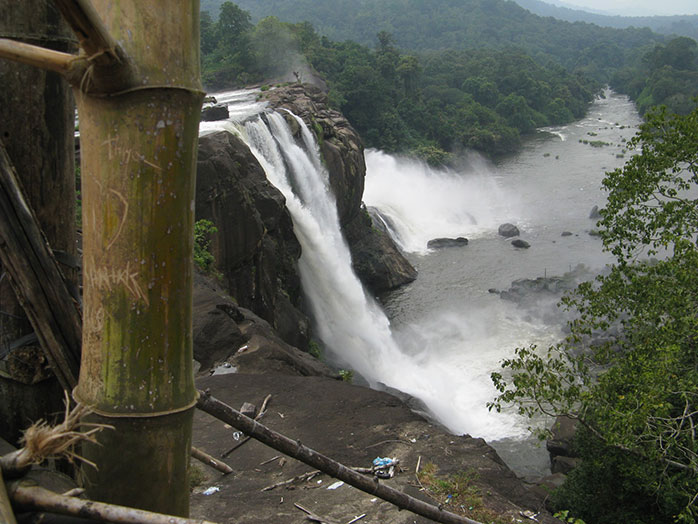
Figure 6.2.o
Source: Shraddha Prabhu

Figure 6.2.p
Source: Shraddha Prabhu
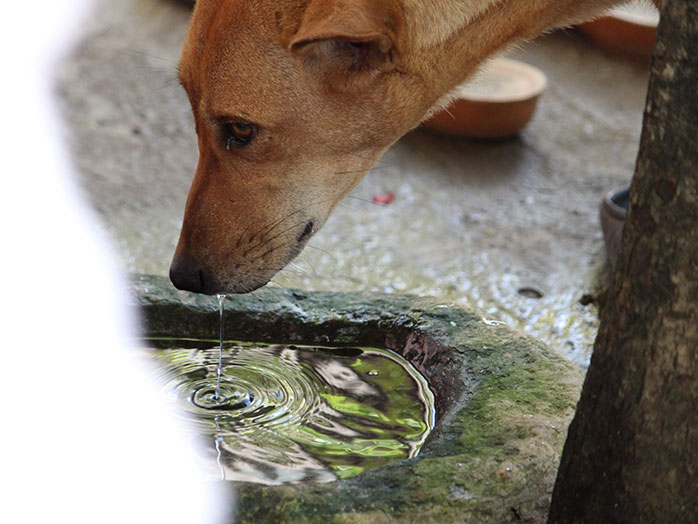
Figure 6.2.q
Source: Shraddha Prabhu
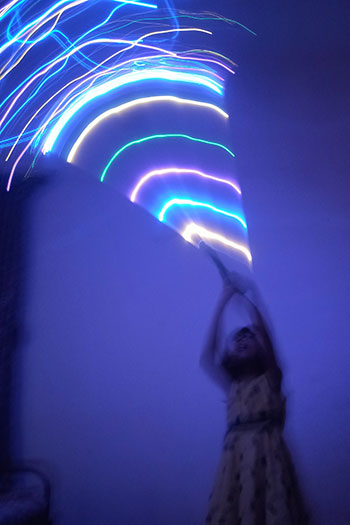
Figure 6.2.r
Source: Shraddha Prabhu

Figure 6.2.s
Source: Shraddha Prabhu
An important issue is that the brain is able to differentiate between animate movement and non-animate motion. This is done by the brain's multi-sensory integration of sight and sound and various other stimuli. We can hear sea waves differently from falling rain. Similarly, we recognize people walking, jumping, and laughing very easily.
The question of whether suggested motion from visual stimuli activates the same neurons that are engaged in real motion perception has been investigated many times. It has been found that pictures that depict motion could activate the same neurons that one would use if they were watching the action live. Graphic designers and photographers try to develop various pictures that depict motion and change.
Look at the pdf below to know more about the individual elements involved in this type of motion:
• Movement and Motion in Static Images......

